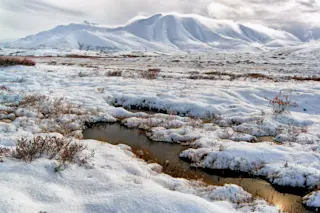9 of Humanity's Greatest Environmental Successes
We're making some headway in restoring the environment—even if we caused the devastation in the first place.
More on Discover
Stay Curious
SubscribeTo The Magazine
Save up to 40% off the cover price when you subscribe to Discover magazine.
Subscribe












